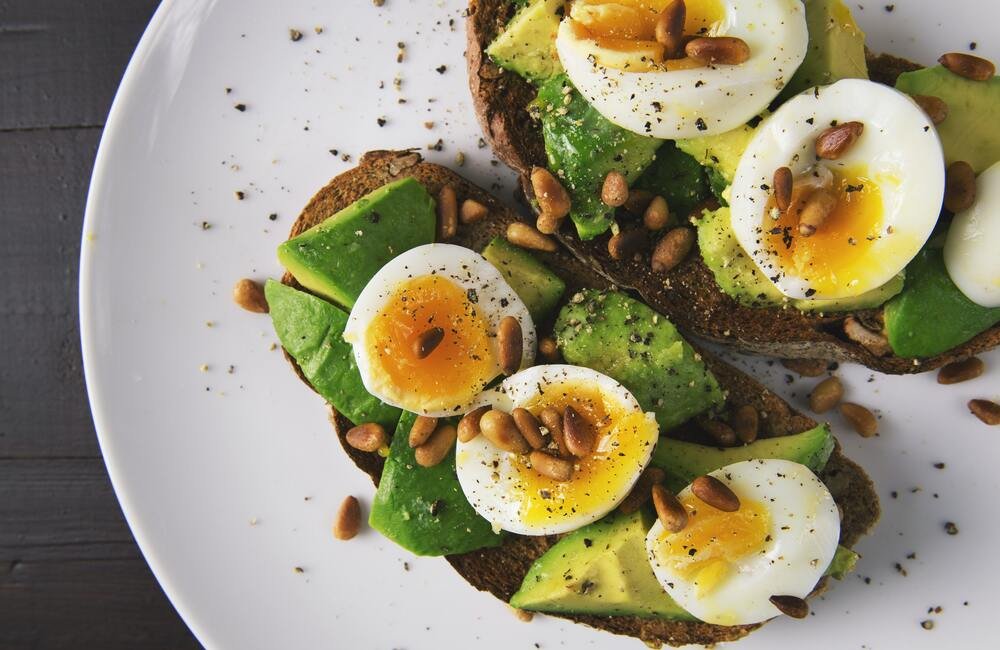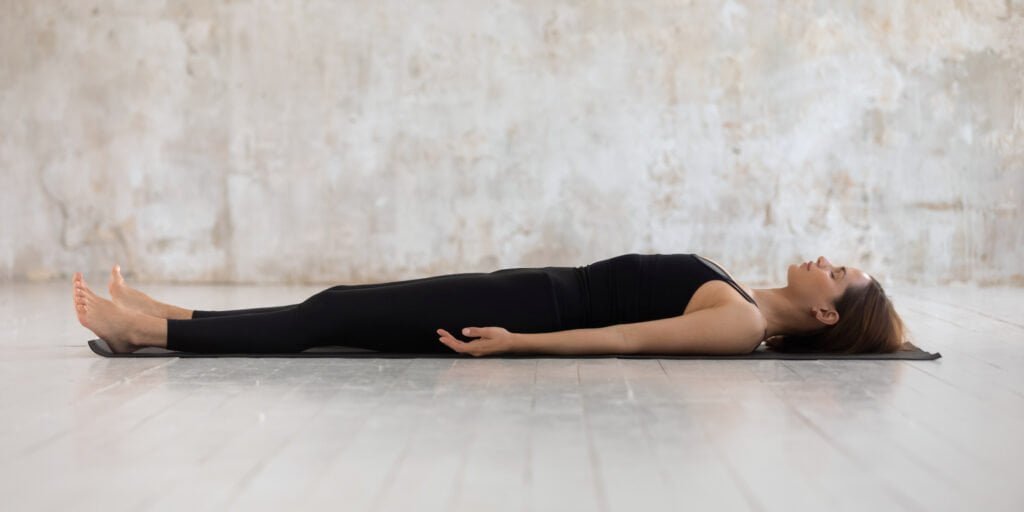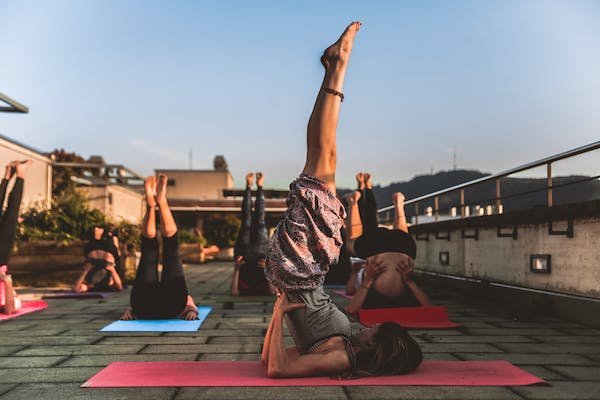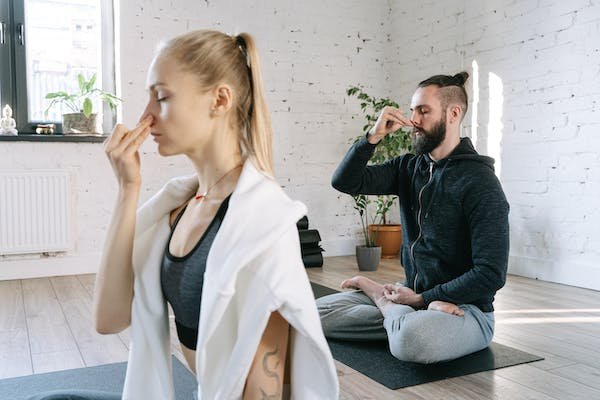Are you tired of yo-yo dieting and quick-fix wellness trends that promise lifelong health but don’t deliver? Look no further than the 9-1 Rule, your blueprint for a lifetime of sustainable health and wellness.
With so much information available, it’s easy to get overwhelmed by conflicting advice and fad diets. But what if there was a simple, straightforward rule that could guide you toward lifelong health and wellness? Enter the 9-1 rule, a holistic approach to health that encompasses nine essential components for a balanced and fulfilling life.
What is the 9-1 Rule?
Understanding the 9-1 Rule
The 9-1 Rule is a simple yet powerful concept. Just follow the below 9 basic rules in daily life
- 9 = 9000 Steps of Walk
- 8 = 8 Glasses of Water
- 7 = 7 Hours of Sleep
- 6 = 6 Minutes of Meditation and Mindfulness
- 5 = 5 Serving of Fresh Fruit and Vegetables
- 4 = 4 Rest breaks Especially for Seating Jobs
- 3 = 3 main and sort healthy Meals
- 2 = 2-hour gap between dinner and bedtime
- 1 =1 Pick any one physical activity
9000 Steps of Walk
Walking is one of the easiest and most accessible forms of exercise. The 9000 steps rule encourages you to walk at least 9000 steps each day, which helps with weight loss, cardiovascular health, and general well-being. This is the first step towards the 9-1 Rule.

To meet the 9000 steps goal, consider making small adjustments to your daily routine. Park your car farther away from your destination, take the stairs instead of the elevator, or go for a post-dinner stroll with your family. These small changes can add up and make reaching your step count more achievable.
8 Glasses of Water
Proper hydration is essential for nearly every bodily function. Water helps transport nutrients, regulate body temperature, and eliminate waste products. It’s the elixir of life. When you meet your daily quota of eight glasses of water, you’ll notice improvements in your skin’s complexion, digestion, and overall vitality.

If plain water doesn’t excite your taste buds, consider infusing it with slices of citrus fruits or herbs like mint for a refreshing twist. The key is to make hydration enjoyable and a habit you look forward to.
7 Hours of Sleep
The 9-1 rule recommends getting at least seven hours of sleep each night. Quality sleep is the foundation of good health therefore try to go to bed early at night.

Your body heals itself when you sleep, which has a significant impact on both your mental and emotional health. Make sure your sleeping environment is restful, establish a consistent sleep schedule, and develop a peaceful nighttime routine.
6 Minutes of Meditation and Mindfulness
Anxiety and stress have become all too typical in our fast-paced lives. That’s where mindfulness and meditation fit in. You may reduce stress, enhance focus, and nurture inner calm by spending just six minutes every day in meditation or mindfulness exercises. You don’t have to be a meditation expert to gain from these techniques.

Just go somewhere quiet, close your eyes, and concentrate on your breathing for a few minutes. Any thoughts that come to mind should be allowed to pass without criticism. You’ll gradually see a marked decrease in stress levels and an improvement in your sense of well-being.
5 Servings of Fresh Fruits and Vegetables
The natural powerhouses of nutrients are fruits and vegetables. They are abundant in fibre, antioxidants, vitamins, and minerals. You give your body the fundamental building blocks for optimum health by including five servings of these in your daily diet. Consider meal planning and preparation to make this simpler.

Try out various recipes and stock your kitchen with a range of fresh ingredients. A rainbow of fruits and vegetables can be included in your meals in a variety of ways, including smoothies, salads, and stir-fries.
4 Rest Breaks, Especially Those are Doing Seating Jobs
Sitting for long amounts of time can be bad for your back, posture, and general health. You get four rest periods during your workday, which allow you to stretch your muscles, go for a little stroll, and recharge. Set reminders or alarms to remind you to take these breaks.

Make use of this moment to stretch out by lifting your arms to the sky, rolling your shoulders, or moving quickly about your office. These little breaks can increase productivity while lowering your risk of workplace accidents.
3 Main and 3 Short Healthy Meals
This 9-1 rule focuses on that you should take 3 main and 3 short nutritious meals throughout your day.

The saying “you are what you eat” holds true. To maintain your energy levels and support your body’s functions, it’s essential to have three balanced meals each day. Focus on incorporating lean proteins, whole grains, and healthy fats into your meals. Avoid excessive processed foods and sugars.
2 Hour Gap between Dinner and Bedtime
Better digestion and restful sleep are encouraged by keeping at least a two-hour window between your last meal and going to bed. Snacking after midnight can affect your sleep cycle and cause indigestion.
Before going to bed, if you feel hungry, choose a light, quickly digested snack such as a small serving of yogurt or a piece of fruit. Keep it light and steer clear of dishes that are too heavy, spicy, or high in sugar.
1 Pick Any One Physical Activity
Exercise doesn’t have to be a chore. Choose one physical activity that you genuinely enjoy, whether it’s dancing, swimming, cycling, or playing a sport.

Regularly engage in this activity to improve your fitness and make staying active a pleasure rather than a duty.
You’re not just adhering to a set of rules when you embrace the 9-1 rule and incorporate these components into your everyday life; rather, you’re starting on a path toward lifetime health and wellness. Keep in mind that these procedures will only be effective in the long run if they are followed consistently. Start small, introduce changes gradually, and recognize your accomplishments as you go. The work is worthwhile for your health and well-being.
Must Read
Some Easy Standing Exercises For Flat Belly: Health Is Wealth








